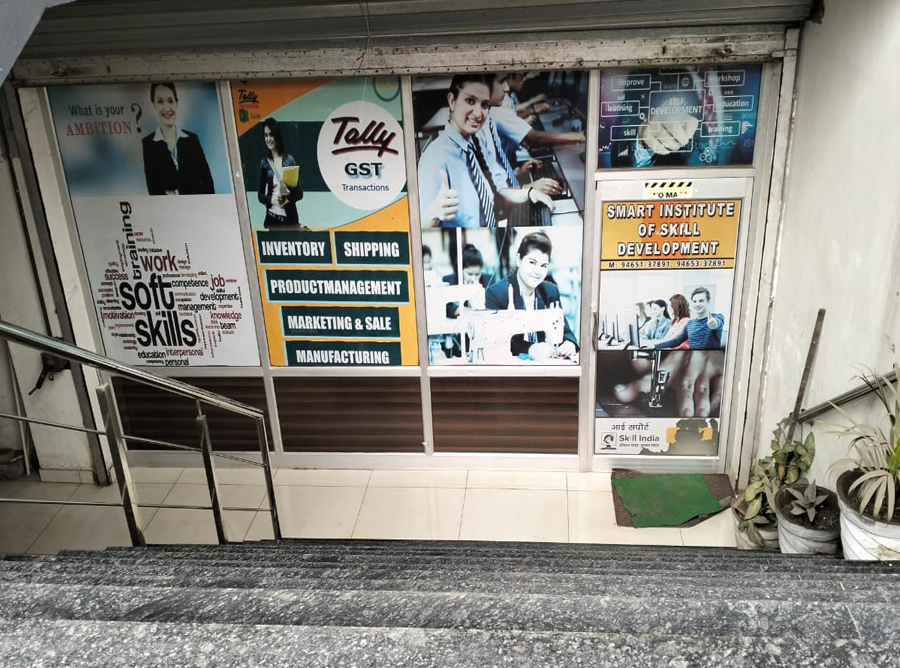

DURATION : 45 DAYS
This 45-day CSS course teaches you how to add style, layout, and responsiveness to HTML webpages. Learn everything from color, fonts, spacing, and borders to animations and media queries. Perfect for students, beginners, and aspiring web designers who want to build beautiful, mobile-friendly websites with professional appearance and layout.
CSS (Cascading Style Sheets) is an important web technology used to control the design and layout of websites. It was developed in 1996 and is now an essential tool for every web developer. The purpose of CSS is to enhance the appearance and presentation of an HTML page.
While HTML creates the structure of a web page, CSS makes it attractive by adding colors, fonts, sizes, backgrounds, borders, spacing, and more. With the help of CSS, a website’s design appears consistent and professional.
There are three main types of CSS:
– Inline CSS – written directly within an HTML tag.
– Internal CSS – written inside the <style> tag within the HTML file.
– External CSS – created as a separate .css file and linked to the HTML. This is the most commonly used method.
CSS also makes it easy to create responsive designs, ensuring that a website displays correctly on all devices, including mobile phones, tablets, and computers.
Learn to style HTML with colors, layouts, and interactivity — a must for web design.
Master responsive design with Flexbox, Grid, and media queries — works on all screens.
Great for UI designers, web developers, freelancers, and digital creators.
Apply your skills in a hands-on responsive project you can showcase.
CSS is a required base for learning frameworks like Bootstrap, Tailwind, and JS libraries.

Yes. Basic HTML knowledge is required because CSS is used to style HTML elements.
Absolutely. With media queries, Flexbox, and Grid, you can make fully responsive layouts using only CSS.
Yes. You’ll learn how to create hover effects, transitions, and animations using CSS keyframes.
Only a text editor (VS Code, Sublime) and a web browser (Chrome, Firefox). No extra installation needed.
We use cookies to improve your experience on our site. By using our site, you consent to cookies.
Websites store cookies to enhance functionality and personalise your experience. You can manage your preferences, but blocking some cookies may impact site performance and services.
Essential cookies enable basic functions and are necessary for the proper function of the website.
These cookies are needed for adding comments on this website.
Google Tag Manager simplifies the management of marketing tags on your website without code changes.
Statistics cookies collect information anonymously. This information helps us understand how visitors use our website.
Google Analytics is a powerful tool that tracks and analyzes website traffic for informed marketing decisions.
Service URL: policies.google.com
You can find more information in our Home and Privacy Policy.